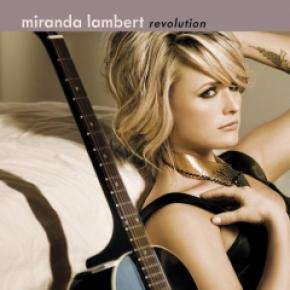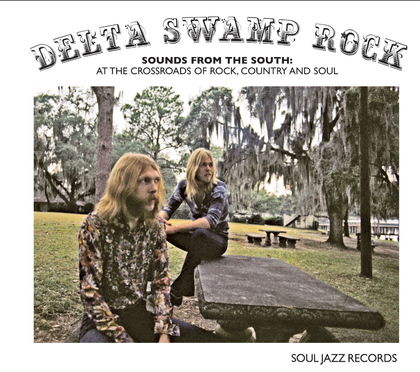My reviews for Madeloud are largely buried and unsearchable, it looks like, so I thought I’d start reprinting some of them here, starting with this one.
________________
 I like contemporary pop. I like classic country. I should be able to reconcile myself to contemporary country pop. Right? I am trying. I’ve recently renewed my affection for George Strait, and belatedly discovered the charms of Leann Womack and Sara Evans. All those folks, though, have at least a cowboy boot and a half in the tradition; they’re neo, not new. Even their slickness ends up being charmingly corny and old-fashioned. Leann Womack looks about as dowdy as a major star can look on the cover of her first album; seated and leaning forward awkwardly on a big Sears-worthy comfy chair, big dangly cross earrings vying for attention with the big buttons on her aggressively modest black jacket.
I like contemporary pop. I like classic country. I should be able to reconcile myself to contemporary country pop. Right? I am trying. I’ve recently renewed my affection for George Strait, and belatedly discovered the charms of Leann Womack and Sara Evans. All those folks, though, have at least a cowboy boot and a half in the tradition; they’re neo, not new. Even their slickness ends up being charmingly corny and old-fashioned. Leann Womack looks about as dowdy as a major star can look on the cover of her first album; seated and leaning forward awkwardly on a big Sears-worthy comfy chair, big dangly cross earrings vying for attention with the big buttons on her aggressively modest black jacket.
Miranda Lambert doesn’t wear big buttons. Nor does she mess around with neo cred. She may be on the country dial, but she’s pop from her perfect toes to her exquisite collarbone — the latter of which is featured prominently on the cover of Revolution. I’ve got no objection to that — pop stars are supposed to be pretty, after all. It’s part of their appeal. And it’s not like Lambert doesn’t have anything else going for her. On the contrary, like Christina Aguilera and Beyonce, when Lambert won the genetic lottery, she didn’t do it by halves — her voice is almost as much of a marvel as her physique. Her twang is lodged in her every phrase like a burr, adding swagger to the uptempo stompers and sultry insinuation to the ballads. I’d be happy to sit back and listen to her sing the phone book, as the saying goes.
Unfortunately, she isn’t singing the phone book here. Instead, she’s singing the sort of songs you’d expect to hear on country radio — and try as I might, I just can’t hack it. “Dead Flowers,” for example, could be an affecting, vividly imagined ode to lost love — if somebody would just for God’s sake shoot the drummer, who thumps along like he’s wearing hip boots on his arms. “Heart Like Mine,” has a couple good one liners (“I heard Jesus he drank wine/ and I bet we’d get along just fine,”) more or less obscured by the music’s all-too-earnest efforts to be sweeping and inspirational in a “get your lighter out” mode. It’s almost like listening to Boston’s “More Than a Feeling,” if you tried to substitute denuded country filigree for any musical ideas or actual personality.
Such is the whole album. It’s not reverent and backward-looking, like the neo-traditionalists, but it’s not gimmicky and bizarre like the best pop from Abba to Ciara. Instead, the Revolution exists in this weird aphasiac past, where retailing indifferently performed rock clichés from the seventies, eighties, and nineties is somehow supposed to be arresting or entertaining. Not everything’s a disaster — the opening song, “White Liar,” for example, is a perfectly pleasant Waylon Jennings knock-off by way of Steve Earle. “Virginia Bluebell” is a decent trudgy ballad. But country radio needs to sell out a lot more thoroughly than this if it’s ever going to win me over.

